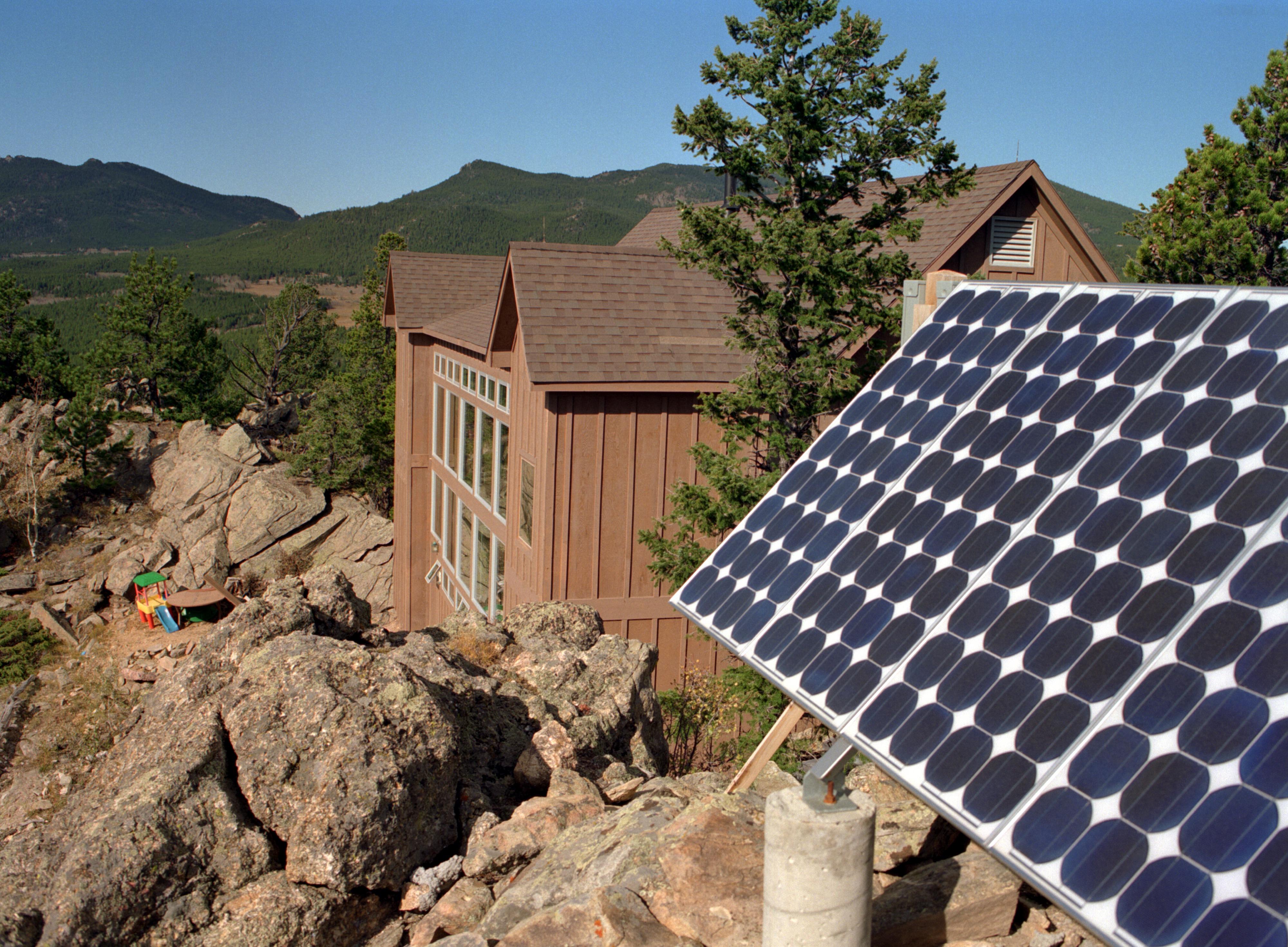The Energy Storage North America (ESNA) Conference, a gathering of policy, technology and market leaders in the energy storage field, was held in San Diego two weeks ago. It experienced record attendance, according to this announcement. The conference heralded significant changes for both storage and solar power technologies.
At the meeting, James Avery, chief development officer for San Diego Gas & Electric (SDG&E), remarked, “I see a future where there will be no more gas turbines.” He elaborated that the combination of solar power and storage may make natural gas turbines obsolete for utilities. With today’s grid, when energy from distributed generation (DG) is at its lowest, gas turbines are needed to take up the shortfall. But in the future, storage batteries could optimize the flow of existing DG, without the need for natural gas energy. Avery predicted that the synergy of renewables and storage in the home energy system would become “like the cell phone for the energy utility.”
Another participant at the conference was SolarCity, which is concerned with smoothing out customers’ energy consumption so that they are not drawing energy from the grid at the most costly times. On Kauai, Hawaii, the location of the organization’s next project, the problem is too much sun during daylight hours, though residents have no objection to solar power. As Bob Rudd, SolarCity’s director of energy-storage project development, said: “So, they love solar… but they don’t need it during the day.” Thus, SolarCity plans to use a PV system – battery bank combo to shift energy production to the evening hours, the period when it’s most needed to sustain efficiency.
One of the most interesting ideas was promoted by Glendale-based Ice Energy. The company is launching a program called Solar + Ice, a behind-the-meter system for commercial use, bundling the company’s Ice Bear thermal storage product with rooftop PV. (The company plans to partner with NRG and others.) The Ice Bear freezes water at night during low energy demand. During the day, the stored ice, transported via copper tubing to a building’s air conditioning system, provides coolant to evaporator coils, allowing the system’s compressors to shut down for up to six hours at a time. The water (which only has to be replaced every 20 years) is then recycled back to the Ice Bear. Mike Hopkins, CEO of Ice Energy, suggested that the solar panels could power the air conditioning system during the intense heat of midday, with the Ice Bear taking over during the early morning and sunset hours. Ice technology is not “sexy,” he conceded: what is new is the combination of ice and solar PV, allowing them to be used in tandem.
Sue Babinec, senior commercialization advisor for the Department of Energy’s Advanced Research Projects Agency-Energy is quoted as saying about the ESNA event: “It’s clear we’re moving beyond the growth stage [in storage technology], focused on bringing down costs, and starting to bring forward new capabilities.”






